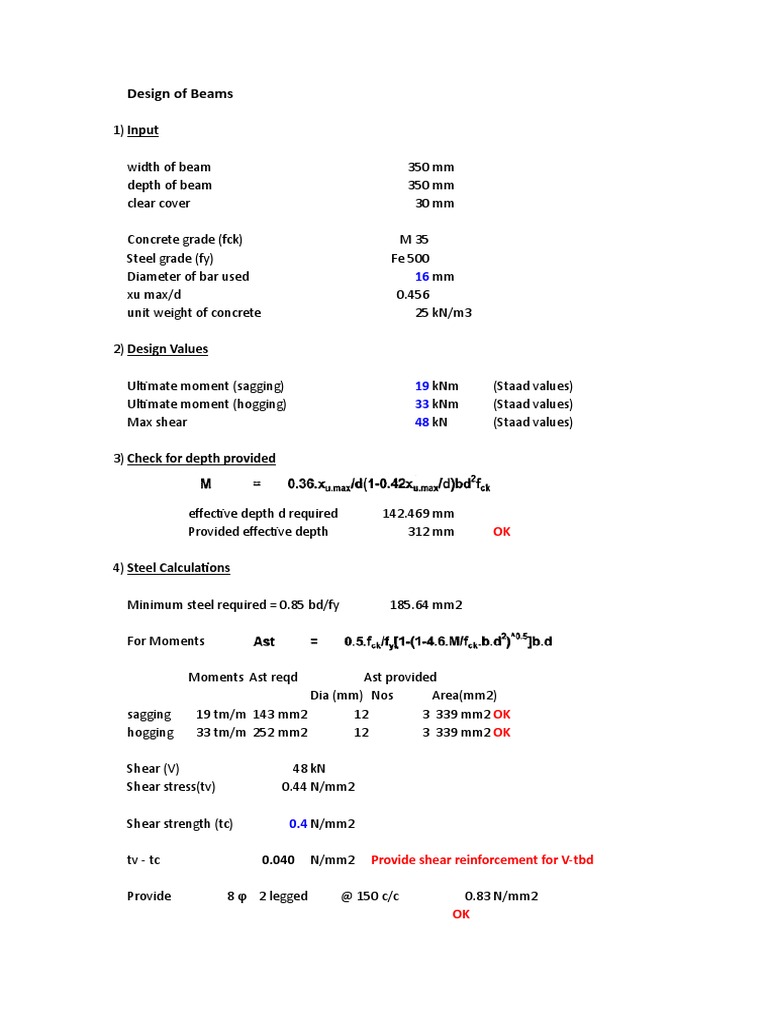Stability of different fixation methods after reduction malarplasty under average and maximum masticatory forces: a finite element analysis, BioMedical Engineering OnLine
Por um escritor misterioso
Last updated 28 março 2025
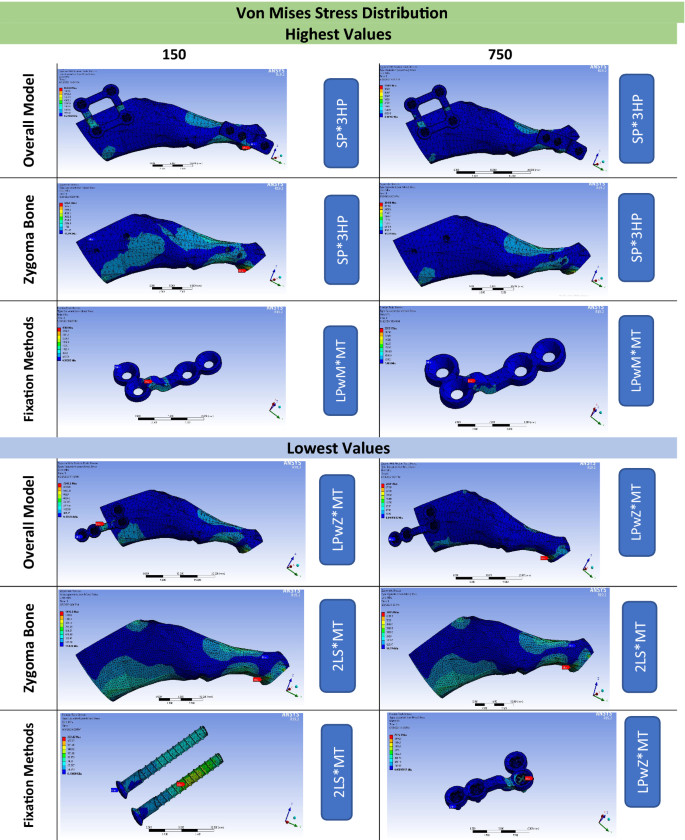
Background Although titanium plates/screws are effective fixation methods (FM) after L-shaped osteotomy reduction malarplasty (LORM), the ideal FM remains controversial. This first finite element analysis (FEA) aimed to study the effect of various zygomatic body/zygomatic arch FM combinations and their placement vectors on the zygoma complex stability after virtual LORM under the effect of both average (150 N/mm2) and maximum (750 N/mm2) forces and three-dimensional (3D) mapping of stress and strain parameters distribution over the zygomatic bone, fixation methods, and total model. Results The fixation methods about the short-arm of the L-shaped osteotomy showed lower stress, strain, and displacement values than those across the long-arm osteotomy site. Combined with any zygomatic arch fixation methods (ZAFm), the two bicortical screws group (2LS) on the zygomatic body osteotomy site resulted in smaller displacements and the lowest zygoma bone stress and displacement when combined with Mortice–Tenon structure (MT) as zygomatic arch fixation method. Applied forces caused statistically significant differences in zygomatic bone stress (P < 0.001 and P = 0.001) and displacement (P = 0.001 and P = 0.002). Conclusion All FMs both on the zygomatic body and zygomatic arch provide adequate zygomatic complex stability after LORM. The 2LS group showed better resistance than rectangular plate (RP) and square plate (SP) with lower stress concentrations. The L-shaped plate with short-wing on the maxilla (LPwM) is more stable than having the short-wing on the zygoma bone (LPwZ). Future prospective clinical studies are required to validate the current findings.

PDF) Stability of different fixation methods after reduction malarplasty under average and maximum masticatory forces: a finite element analysis

PDF) Review of In Vivo Bone Strain Studies and Finite Element Models of the Zygomatic Complex in Humans and Nonhuman Primates: Implications for Clinical Research and Practice

Effect of orthotropic material on finite element modeling of completely dentate mandible - ScienceDirect

PDF) Stability of different fixation methods after reduction malarplasty under average and maximum masticatory forces: a finite element analysis

PDF) Finite Element Simulation of Displacement of the Broken Zygoma and Forces Exerted to the Complex After Fixation with Resorbable and Non-Resorbable One-Point Mini-Plates and Applying Normal or Severe Occlusal Loads

Figure 1 from Reduction malarplasty using a zygomatic arch-lifting technique.

PDF) Is a Shorter Bar an Effective Solution to Avoid Bar Dislocation in a Nuss Procedure

Biomechanical comparison of locking and non-locking patient-specific mandibular reconstruction plate using finite element analysis - ScienceDirect

PDF) Stability of different fixation methods after reduction malarplasty under average and maximum masticatory forces: a finite element analysis
Recomendado para você
-
 Supreme Values - Your Source for MM2 Values!28 março 2025
Supreme Values - Your Source for MM2 Values!28 março 2025 -
 Mechanical Properties Bending Strength (N/mm 2 )28 março 2025
Mechanical Properties Bending Strength (N/mm 2 )28 março 2025 -
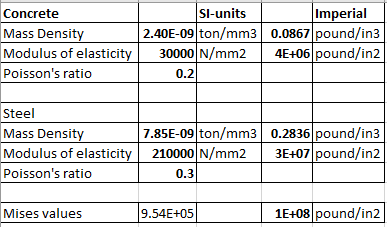 Abaqus - Mises Stress values are too high - Student Engineer General Discussion - Eng-Tips28 março 2025
Abaqus - Mises Stress values are too high - Student Engineer General Discussion - Eng-Tips28 março 2025 -
 Full article: Moisture and short-term time-dependent behavior of Norway spruce clear wood under compression perpendicular to the grain and rolling shear28 março 2025
Full article: Moisture and short-term time-dependent behavior of Norway spruce clear wood under compression perpendicular to the grain and rolling shear28 março 2025 -
ROB Staircase, PDF, Beam (Structure)28 março 2025
-
 Materials Dlubal Software28 março 2025
Materials Dlubal Software28 março 2025 -
Solved] The contact between femoral and tibia components in knee joint28 março 2025
-
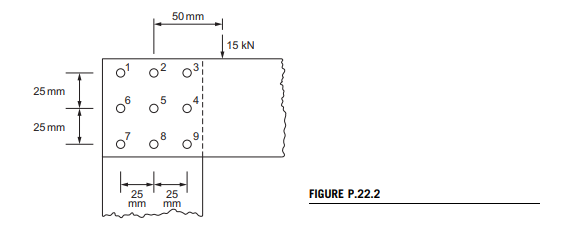 Solved) - The rivet group shown in Fig. P.22.2 connects two narrow lengths (2 Answers)28 março 2025
Solved) - The rivet group shown in Fig. P.22.2 connects two narrow lengths (2 Answers)28 março 2025 -
Solved: Unit conversion in mathcad - PTC Community28 março 2025
-
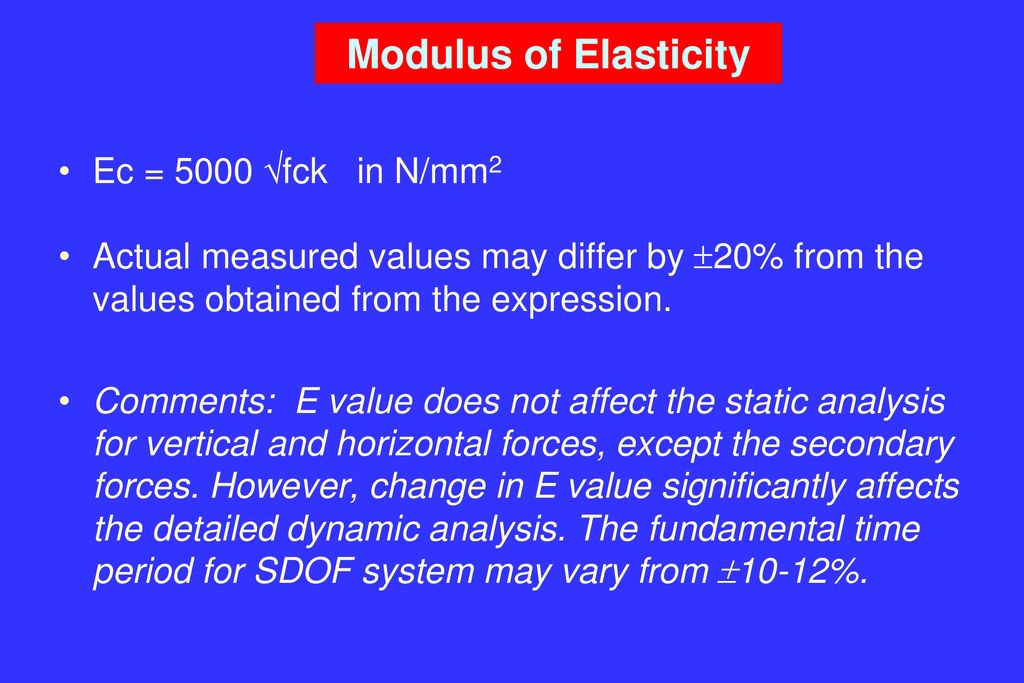 Assistant Professor) Department of Civil Engineering - ppt download28 março 2025
Assistant Professor) Department of Civil Engineering - ppt download28 março 2025
você pode gostar
-
 Best Online Party Games to Play with Friends for an Epic Night In28 março 2025
Best Online Party Games to Play with Friends for an Epic Night In28 março 2025 -
 Sasuke Tells Naruto to Face The Reality That ''KURAMA IS GONE FOREVER'' - BiliBili28 março 2025
Sasuke Tells Naruto to Face The Reality That ''KURAMA IS GONE FOREVER'' - BiliBili28 março 2025 -
 Kazuhiro Yamaji Guest Stars as Gild Tesoro in One Piece Film Gold28 março 2025
Kazuhiro Yamaji Guest Stars as Gild Tesoro in One Piece Film Gold28 março 2025 -
 FORD SYNC 3 TEM NOVO APLICATIVO PARA INTERAÇÃO COM RELÓGIO INTELIGENTE DA SAMSUNG, Brazil, Português28 março 2025
FORD SYNC 3 TEM NOVO APLICATIVO PARA INTERAÇÃO COM RELÓGIO INTELIGENTE DA SAMSUNG, Brazil, Português28 março 2025 -
 Dynamo Kyiv – Spartak Moscow – 2:1 - FC Dynamo Kyiv official website28 março 2025
Dynamo Kyiv – Spartak Moscow – 2:1 - FC Dynamo Kyiv official website28 março 2025 -
SportBrasil.Bet - Sportbrasil.bet é simples de apostar e fácil de ganhar 🤑 Volta do futebol europeu movimenta o mundo das apostas esportivas. Com os campeonatos voltando a serem disputados na Europa, nosso28 março 2025
-
Mahjong Solitaire - Classic - Aplicaciones en Google Play28 março 2025
-
 Warrior Cats Name Generator28 março 2025
Warrior Cats Name Generator28 março 2025 -
 Enfim, capivaras (Portuguese Edition) eBook : Geisler, Luisa: Tienda Kindle28 março 2025
Enfim, capivaras (Portuguese Edition) eBook : Geisler, Luisa: Tienda Kindle28 março 2025 -
 PS3 - Castlevania: Lords Of Shadow 2 - waz28 março 2025
PS3 - Castlevania: Lords Of Shadow 2 - waz28 março 2025
